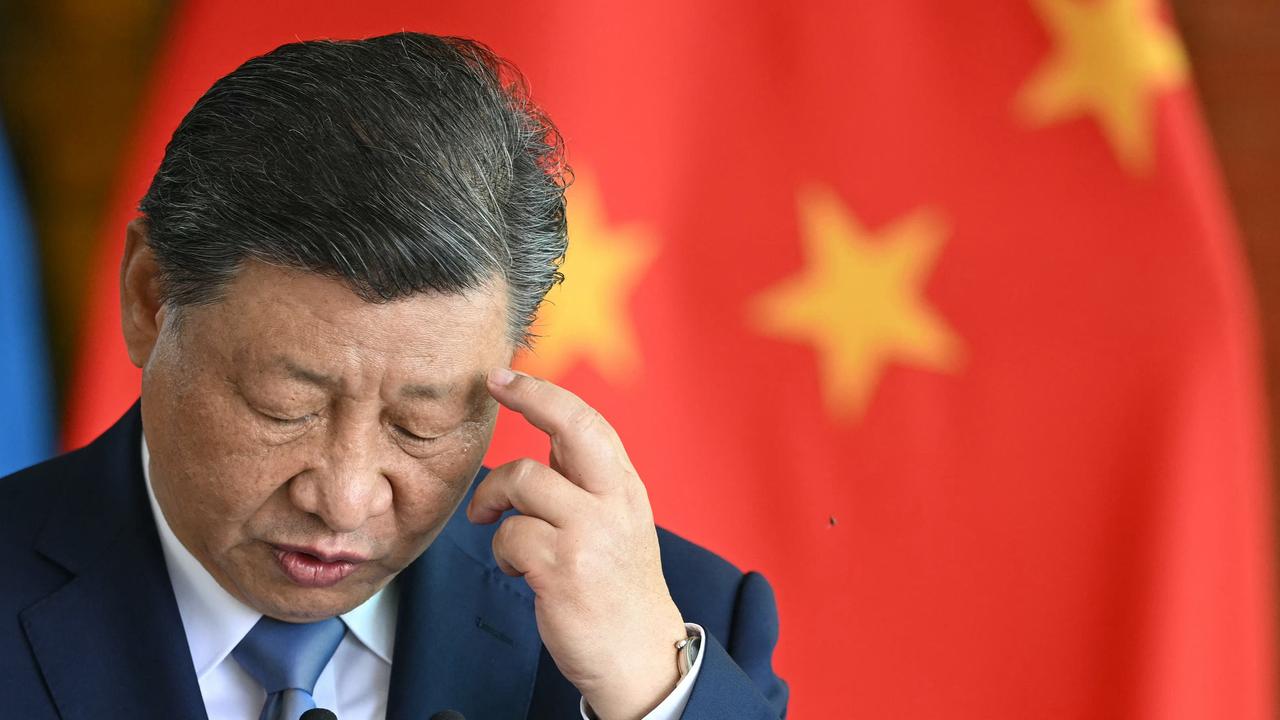
If handing out taxpayer money to well-to-do families sounds a bit strange for a Labor policy, you wouldn’t be wrong. But this is a strange election. Forget the battlers; bring the high-income earning professional couples into the subsidy pool.
Labor’s ultimate objective is to pay 90 per cent of childcare costs of all families save those on the highest income level.
Note that less than 3 per cent of families earn more than $530,000 a year, meaning more than 97 per cent of families will receive 90 per cent of their childcare costs courtesy of taxpayers. It’s close to universal childcare for rich and poor families.
The estimated cost of the first move proposed by Labor is $5.4bn across four years. As to the more ambitious proposal – 90 per cent for just about every family – Labor has declined to put a figure on this even though it would have been a simple exercise for the Parliamentary Budget Office had it been requested to do so. The government’s estimate of this proposal is $63bn across 10 years. By any measure, it looks expensive.
It’s worth outlining here what has happened to the cost of childcare subsidies in recent times.
Around the turn of the century the federal government was spending about $500m subsidising childcare costs, with spending directed to those families with the lowest incomes. By 2009-10, government spending on childcare fee assistance had risen to more than $3bn a year, although as an item it was not among the top 20 largest government spending programs. By 2013-14, annual childcare fee subsidies had risen to $5.6bn, reaching more than $8bn by 2017-18. This occurred while the Coalition was in office.
In this year’s budget, the annual sum allocated to childcare subsidies reached close to $10bn, with the estimate that they would reach $12.4bn in 2025-26. It is now the 14th largest government program by expenses. The Coalition government has made recent changes to the childcare subsidy arrangements that have increased the cost. These include removing the annual cap of $10,560 a child for higher-income earners and higher subsidy rates for second and subsequent children.
It is worth pausing here to ask: what has been achieved from these substantial increases in government spending on childcare fee assistance? Unsurprisingly, the number of children in formal childcare has gone up, although not by as much as the increase in spending would indicate.
In 2004, there were one million children in formal care. Just before the pandemic, the number had reached 1.4 million, with 30 hours a week the average time spent by each child in childcare.
But these numbers include out-of-school care, which is also subsidised. And in 2008 there was a substantial dip in the number of children in informal care (neighbours, grandparents), reflecting the increase in subsidies for formal care made available then.
It has been a case of more children in formal care but proportionately greater increases in government outlays. This reflects the tendency for childcare centres to lift their fees every time the government makes the subsidy arrangements more generous to parents. Childcare fees have increased much faster than inflation for the past 1½ decades. The net effect has been for parental co-payments to rise quickly even in the face of higher government outlays for childcare fee relief. It’s akin to the proverbial squirrel in the cage.
Investing in childcare centres has also been a profitable private venture in most cases. Bain Capital recently sold its Only About Children childcare centres for $450m, making its investment in this space very lucrative.
So what is the case for making childcare close to universally free, providing 90 per cent fee relief almost irrespective of family income? The arguments get murky because there is a tendency among advocates to conflate the benefits of early childhood learning/preschool and long daycare from an early age. A case in point is the dubious estimates put together by the Australian Childcare Alliance.
Many children attend subsidised preschool, for instance, in the year before they go to school and there is some evidence, albeit not overwhelming, that they benefit when they do go to school. But this is a different issue to children attending childcare from the time they are babies.
The second argument is that greater subsidisation of childcare leads to higher female workforce participation, thereby boosting the economy. (The program pays for itself – a well-worn argument by supporters of higher government spending.)
According to the Grattan Institute, gross domestic product could be boosted by $11bn a year (GDP is close to $2 trillion) by spending $5bn to enhance childcare fee relief and ensuring most families pay no more than $20 a day per child. The trouble with this back-of-the-envelope figure is that it assumes female hours of work are highly responsive to cheaper net childcare fees – in terms of more women joining the workforce or extending their hours of work.
The research of the Productivity Commission, however, found the female supply response was modest.
When higher rates of childcare subsidies were modelled, the predicted increase in the number of female workers was just more than 16,000 – a tiny number given the number of female workers is close to 6.5 million.
Numerous factors affect women’s willingness to participate in the labour market and the degree of participation, including the broader tax and transfer system, the flexibility of the work and women’s preferences to spend time with young children. Childcare subsidy rates are only one factor.
It is ironic that Labor is suggesting the Productivity Commission evaluate the proposal to set childcare subsidy rates at 90 per cent for most families. On the basis of its earlier work, it’s unlikely the policy would meet an economic cost-benefit test, even taking into account the amorphous benefit of early childhood learning.
From a political point of view, higher subsidies no doubt are popular with the close to one million families in receipt of childcare fee relief. Whether further increasing these subsidies, thereby continuing a process that has been going on for nearly two decades, is good policy is another matter altogether, particularly given other worthy ends that could otherwise be funded.




One of Labor’s pitches in this election is its childcare policy. In essence, it is pledging to lift subsidy rates for childcare fees as well as increase the eligible family income cut-off level from $345,000 to $530,000 a year. This arrangement would come into effect from July next year.